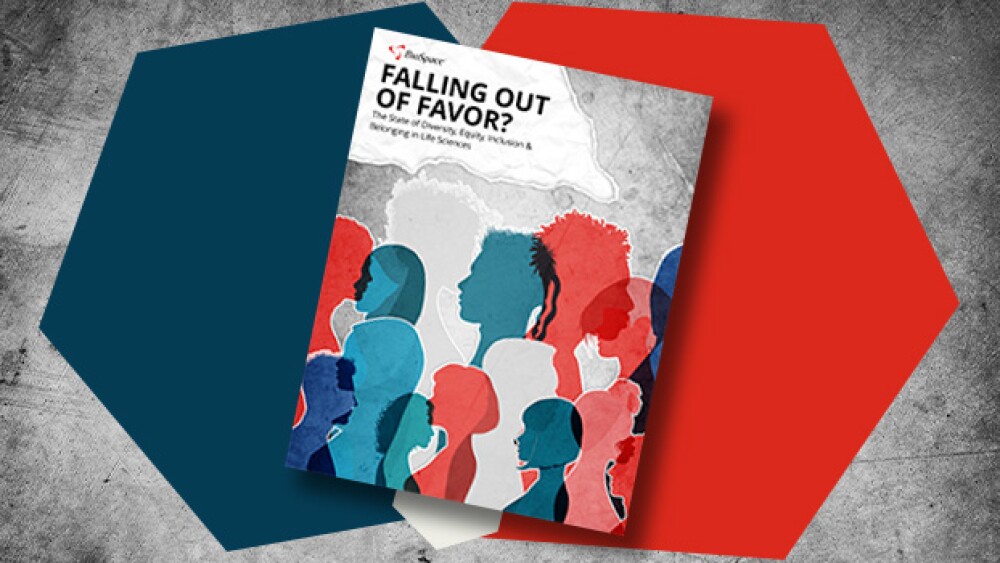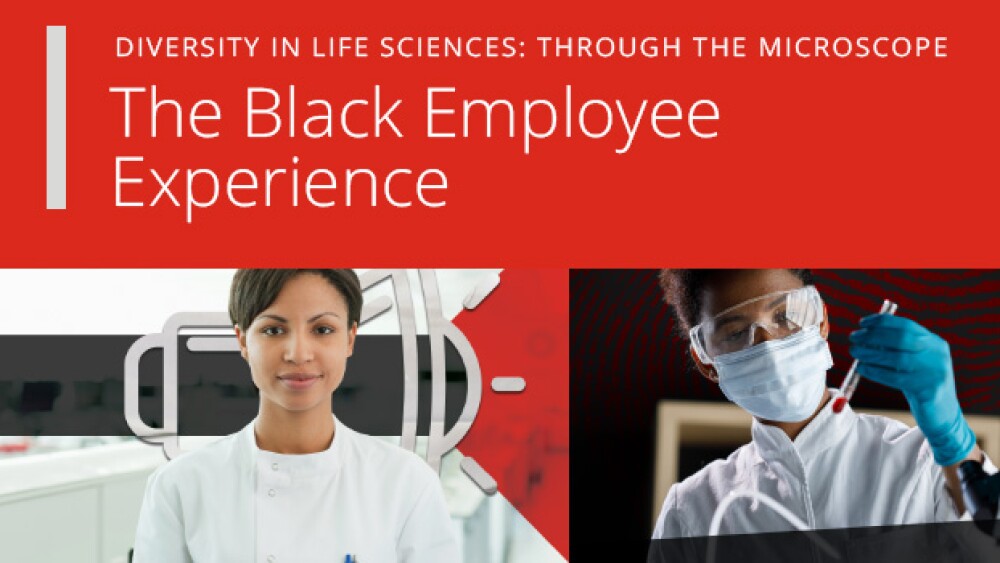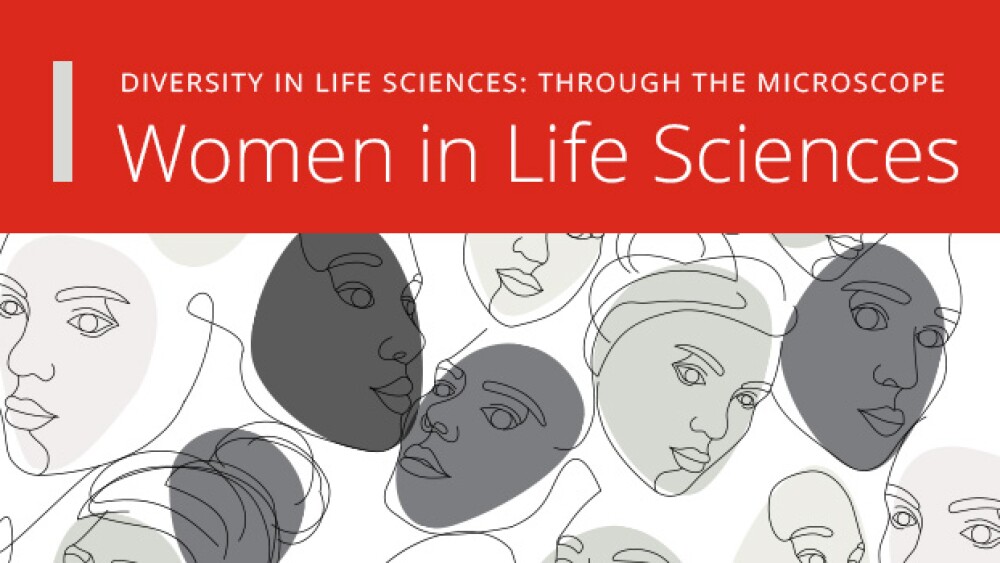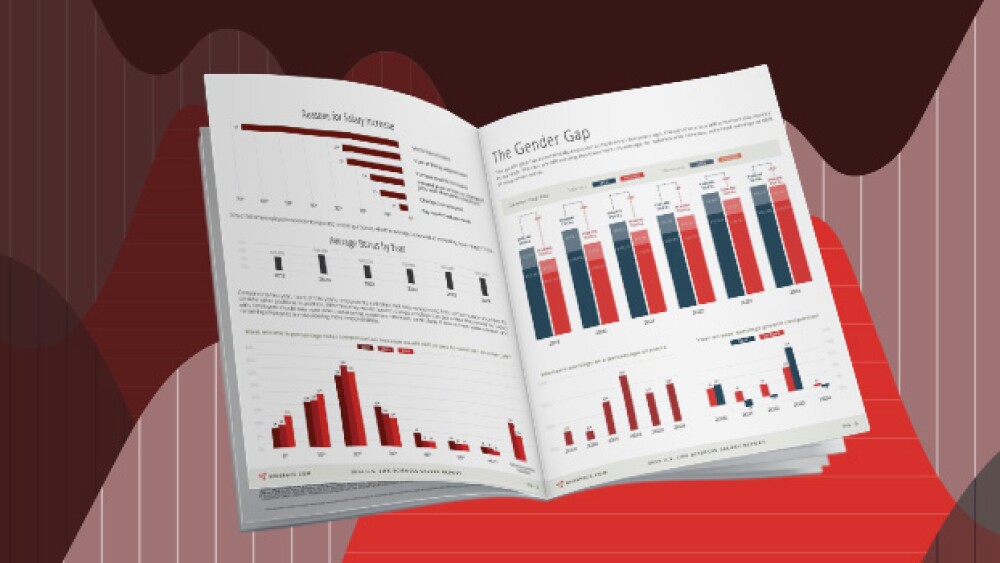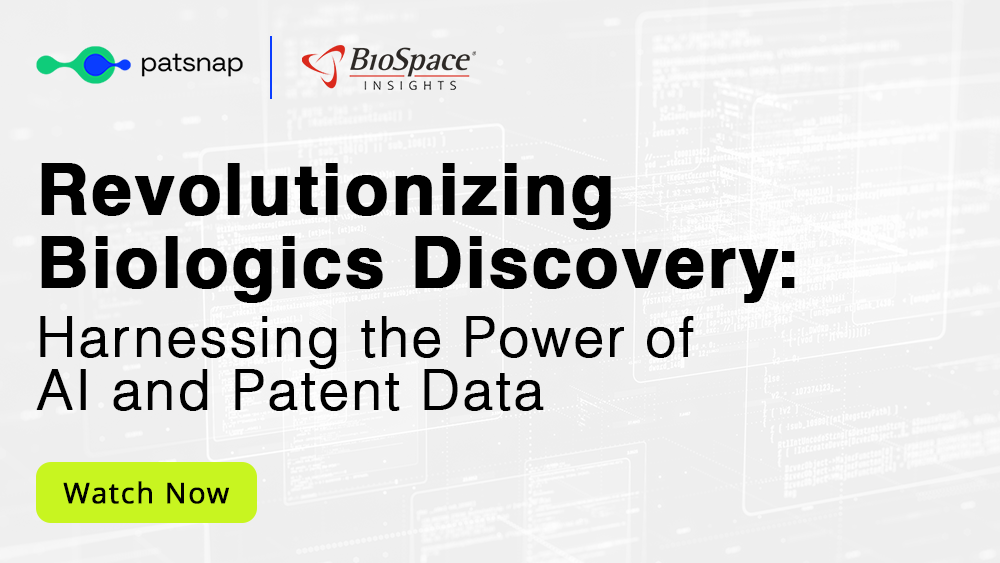Employer Resources
Insights to help you hire and manage your workforce
BioSpace was thrilled to host a virtual panel discussion to hear how workplaces can improve their D&I strategies and help organizations thrive. We heard insightful advice from panelists from Amgen, Intellia Therapeutics, Obsidian Therapeutics, Omega Therapeutics and Athira Pharma.
Labor Market Trends
Biopharma professionals aren’t typically hired right away, based on a BioSpace LinkedIn poll. In the past year, only about one-third of respondents found employment in three months or less. Several who did share their keys to success.
With layoffs happening at biopharma companies of all sizes, some may wonder which jobs are safest. Talent acquisition experts spoke to BioSpace about the areas and roles they recommend to biotech and pharma professionals hoping to avoid staff cuts.
The Trump administration’s recently announced fee for new H-1B visa petitions is “completely unreasonable,” an immigration attorney told BioSpace. Attorneys and talent acquisition experts discuss how the fee could impact biopharma and confusion around the proclamation.
BioSpace has named 50 biopharma companies to its 2025 Best Places to Work list, including Moderna and Sutro Biopharma, whose executives share what makes their organizations special.
BioSpace’s third report on diversity, equity, inclusion and belonging in life sciences examines dramatic shifts in attitude around diversity initiatives.
How does being Black affect the workplace experience as a life sciences professional? BioSpace surveyed our community to gain a greater understanding of Black employees’ feelings of inclusion and their perspectives on employer DEI initiatives.
Over the last two decades, women have achieved near equal levels of representation in life sciences - though there are distinct gaps in leadership and pay equity. The experience of women also differs vastly depending on age, race, and other factors.
The U.S. Supreme Court recently declared an end to race-conscious admission programs into colleges and universities, which could have a trickle-down effect on hiring.
RECRUITING
Some consider a candidate’s alma mater to be the most important factor in the hiring process. But how much does a life science candidate’s alma mater really matter? In short–it depends.
New York City employers who use Artificial Intelligence (AI) tools in hiring will soon be subject to new regulations requiring them to notify candidates when using the technology.
The past two years have seen a considerable shift towards remote work, but now that the pandemic is waning, BioSpace has compiled relevant data on remote work to see if it’s here to stay.
In the wake of a global pandemic and economic downturn, the hiring market has turned on its head. BioSpace spoke with PharmaLogics Recruiting to learn how employers can stay competitive.
Attending a networking event isn’t enough – you have to make the most of it. To be successful, you need to be strategic about who you talk to, what you say, and how you follow up to get the best candidates.
As organizations implement diversity initiatives, they often need a leader to guide them in the right direction. Find out what DEI leadership is and how it can help your business in our guide.
BioSpace’s 2024 Salary Report explores the average salaries and salary trends of life sciences professionals.








